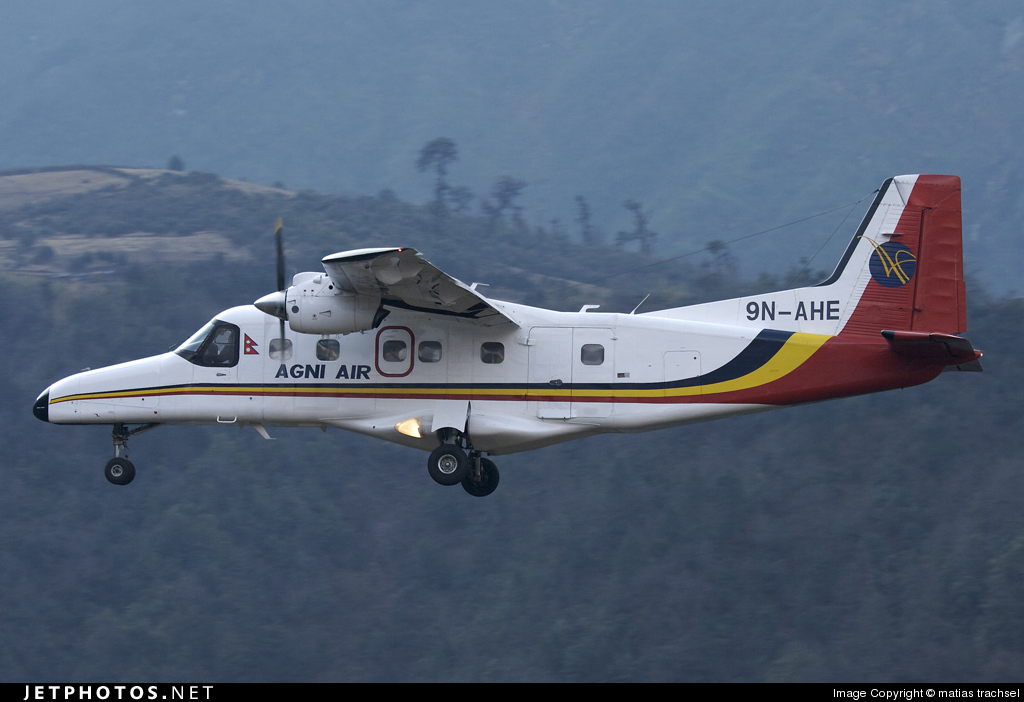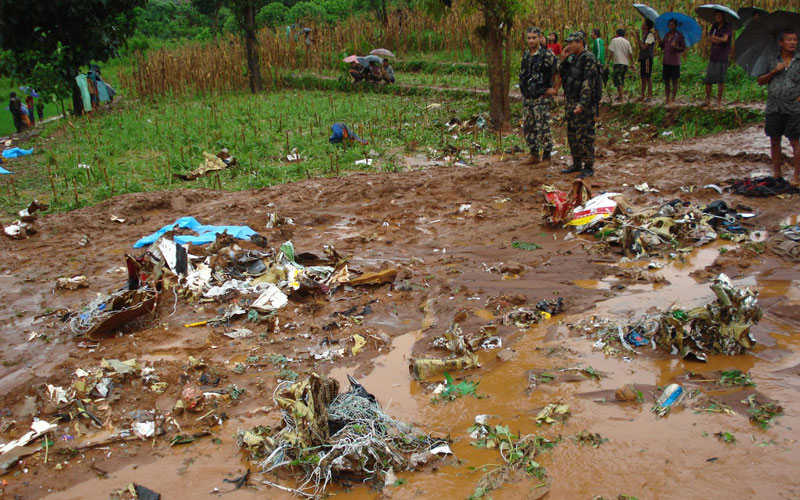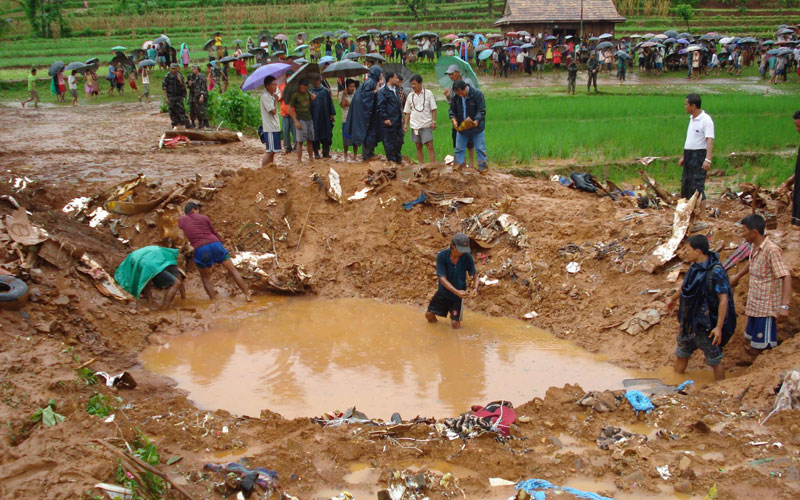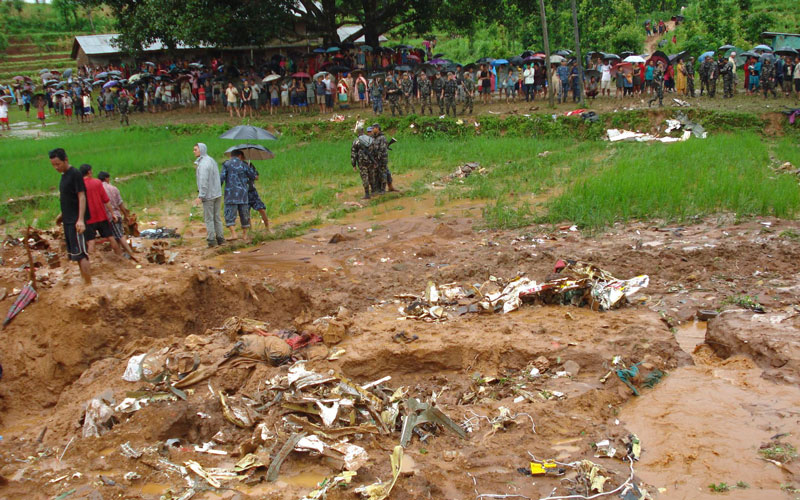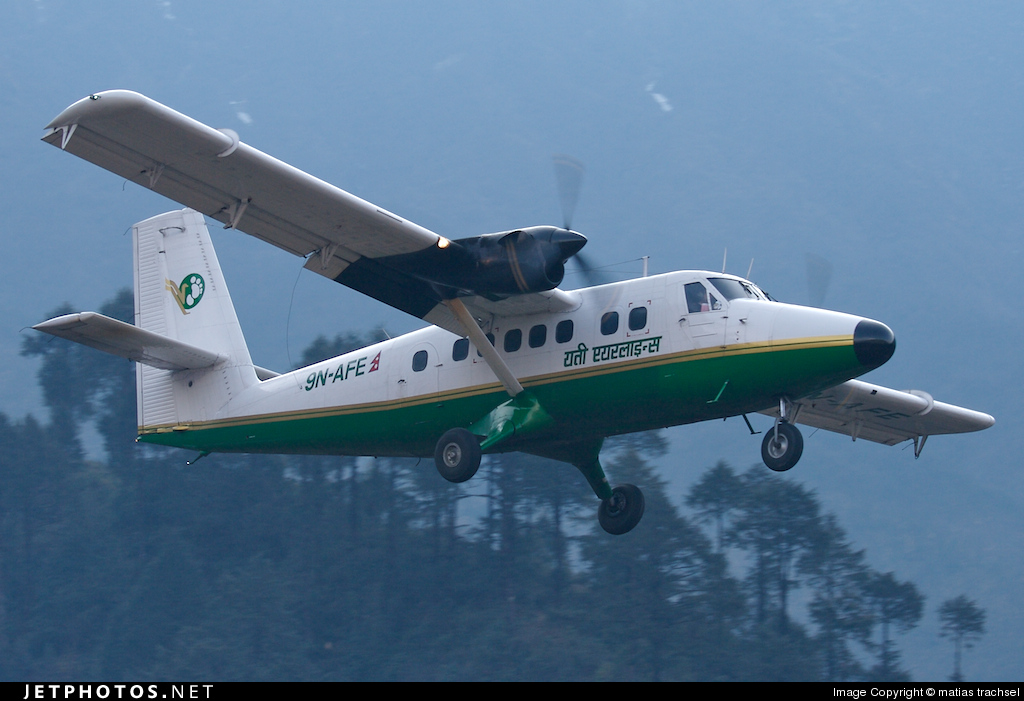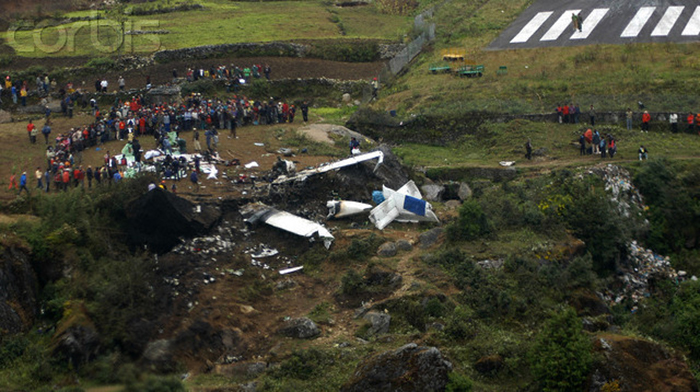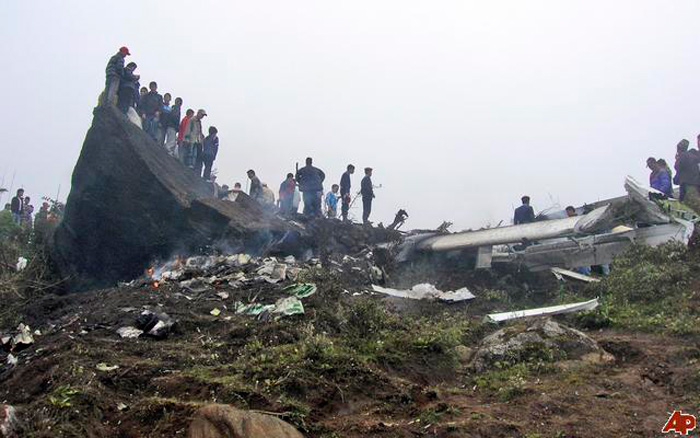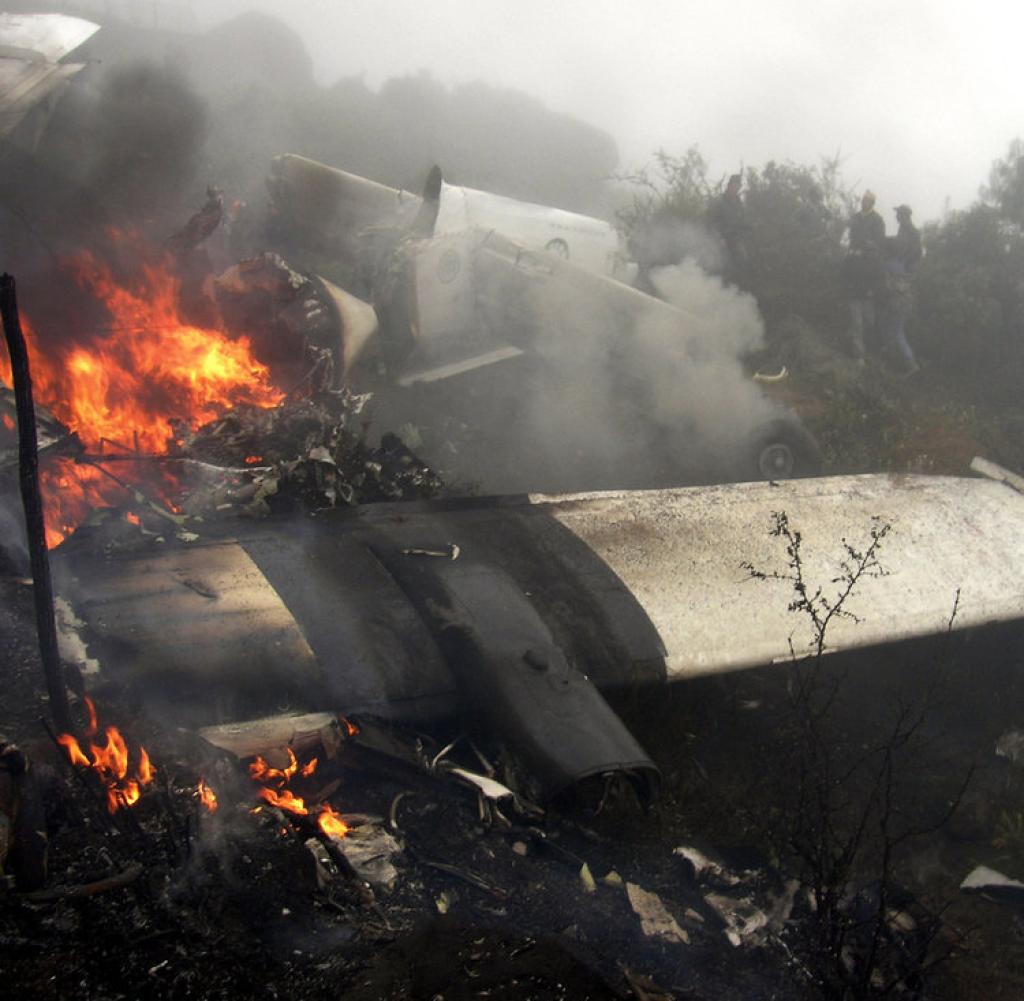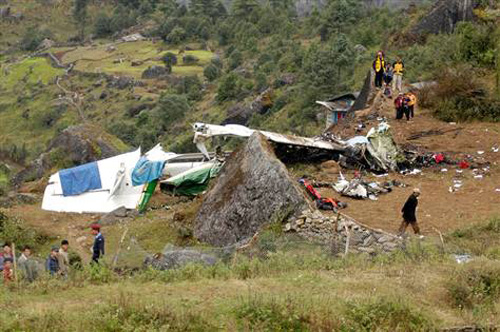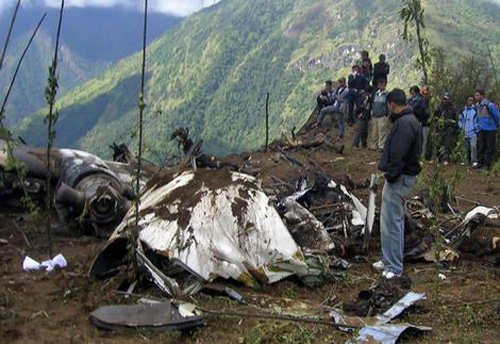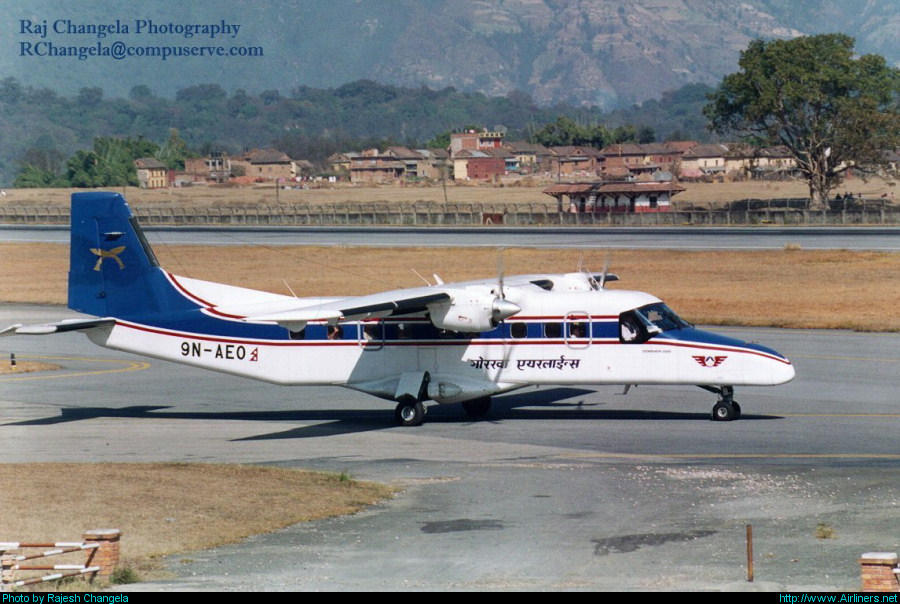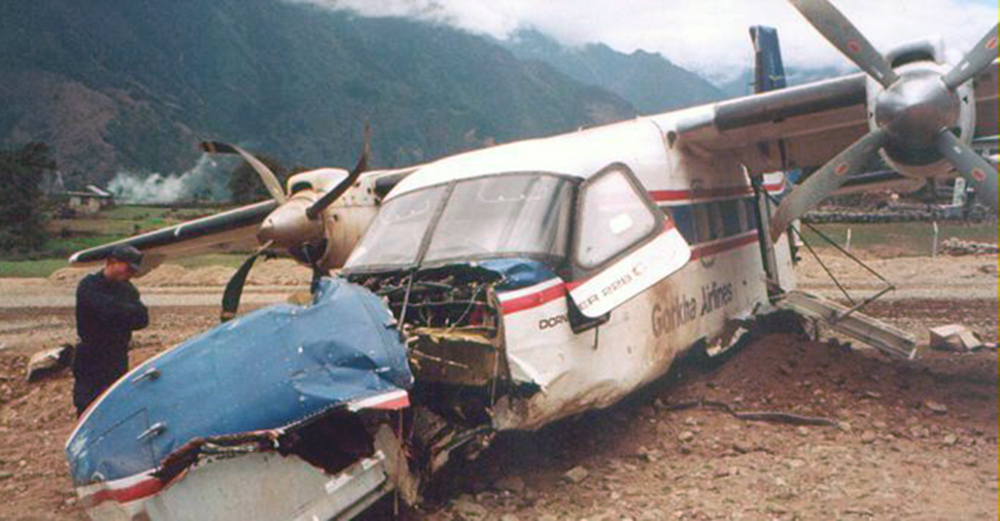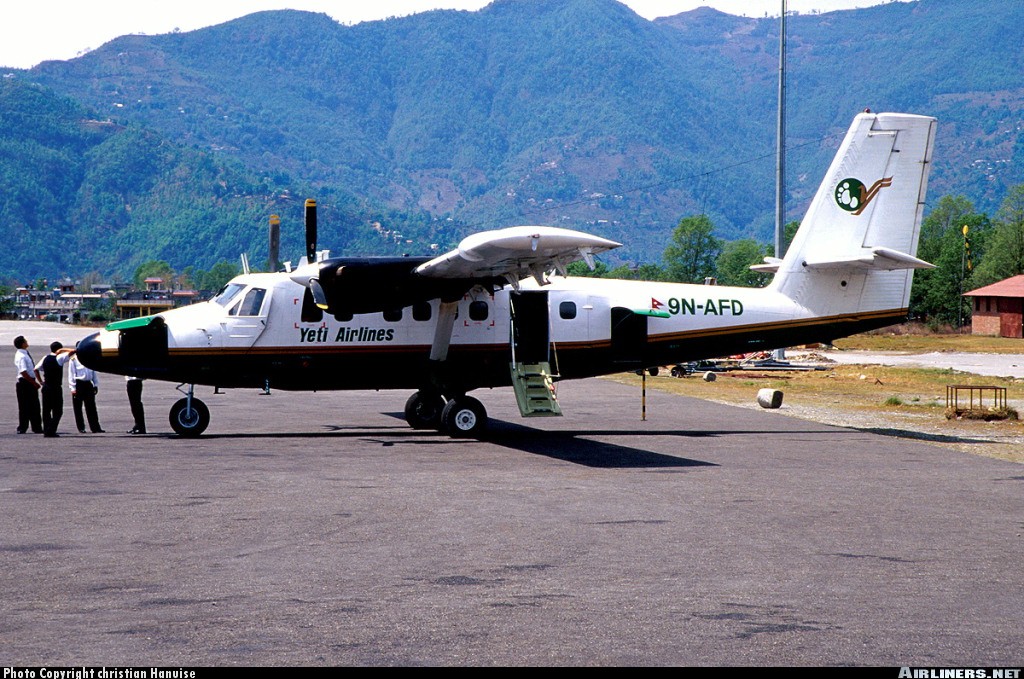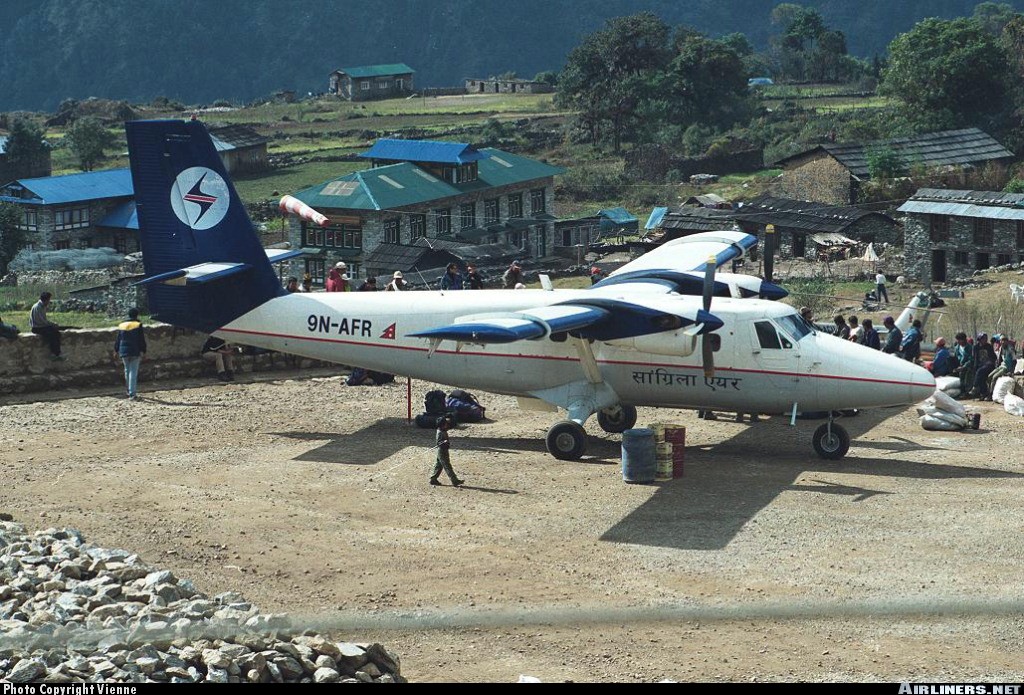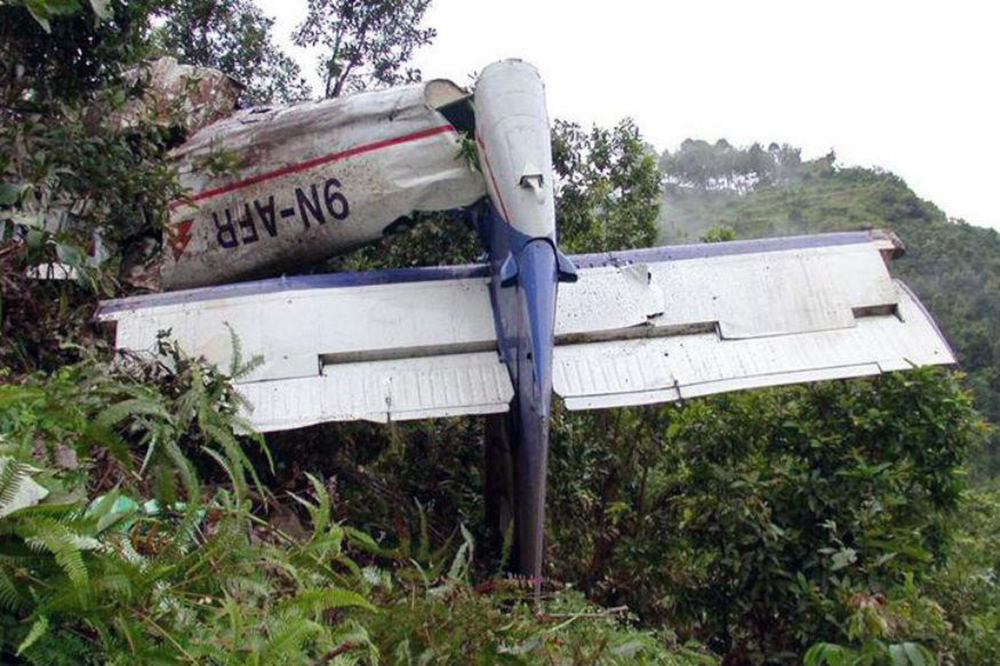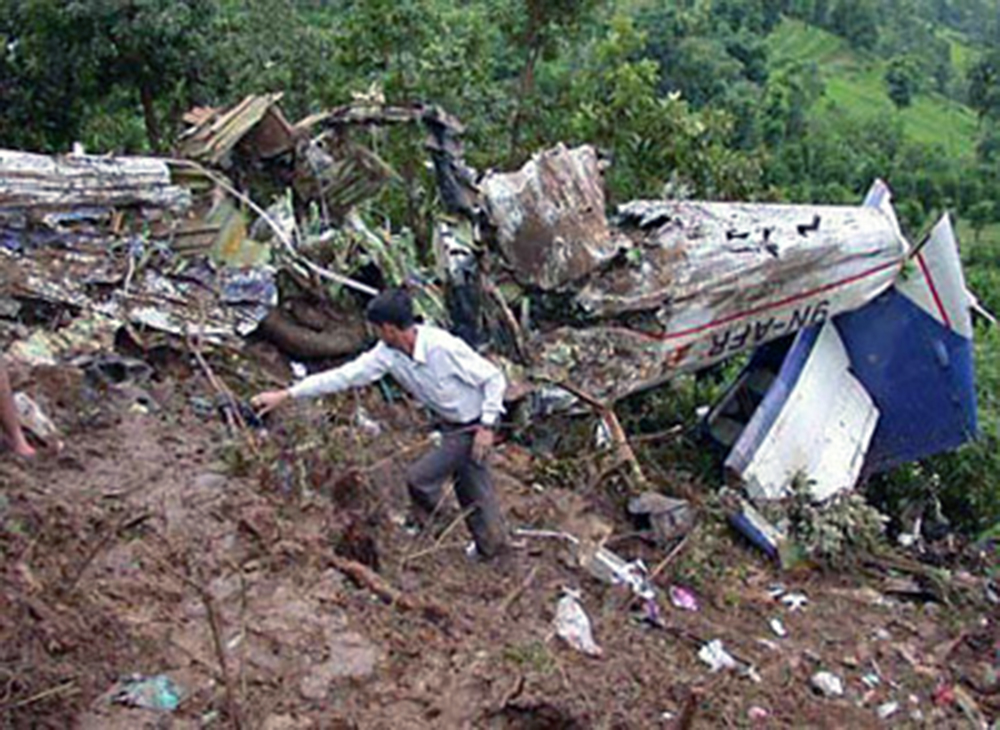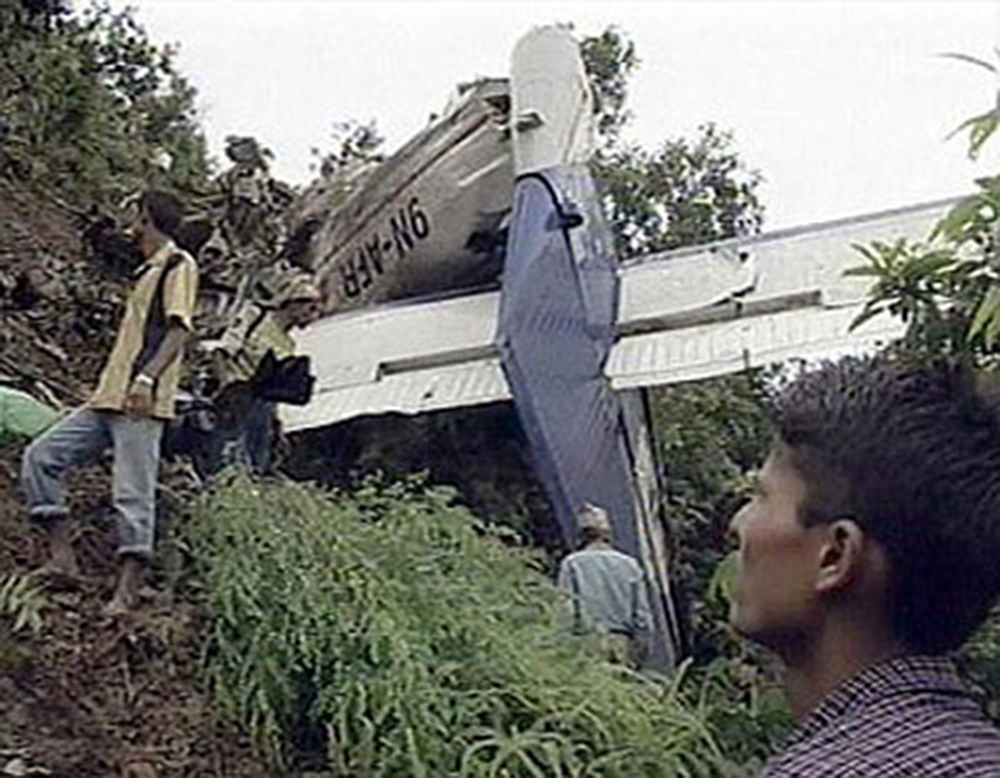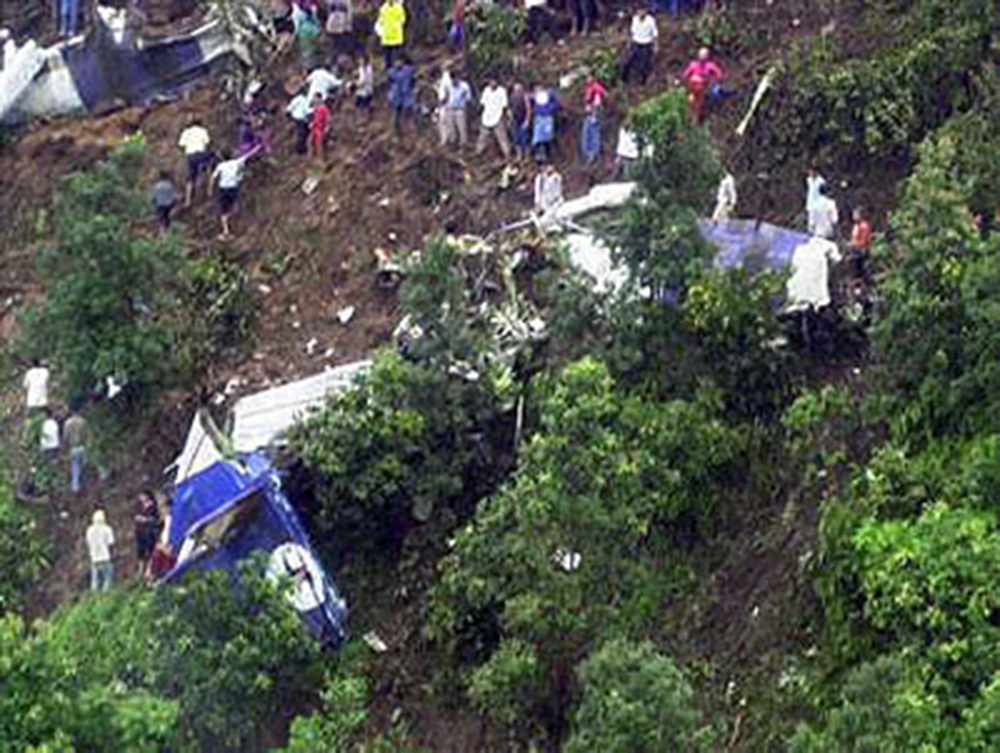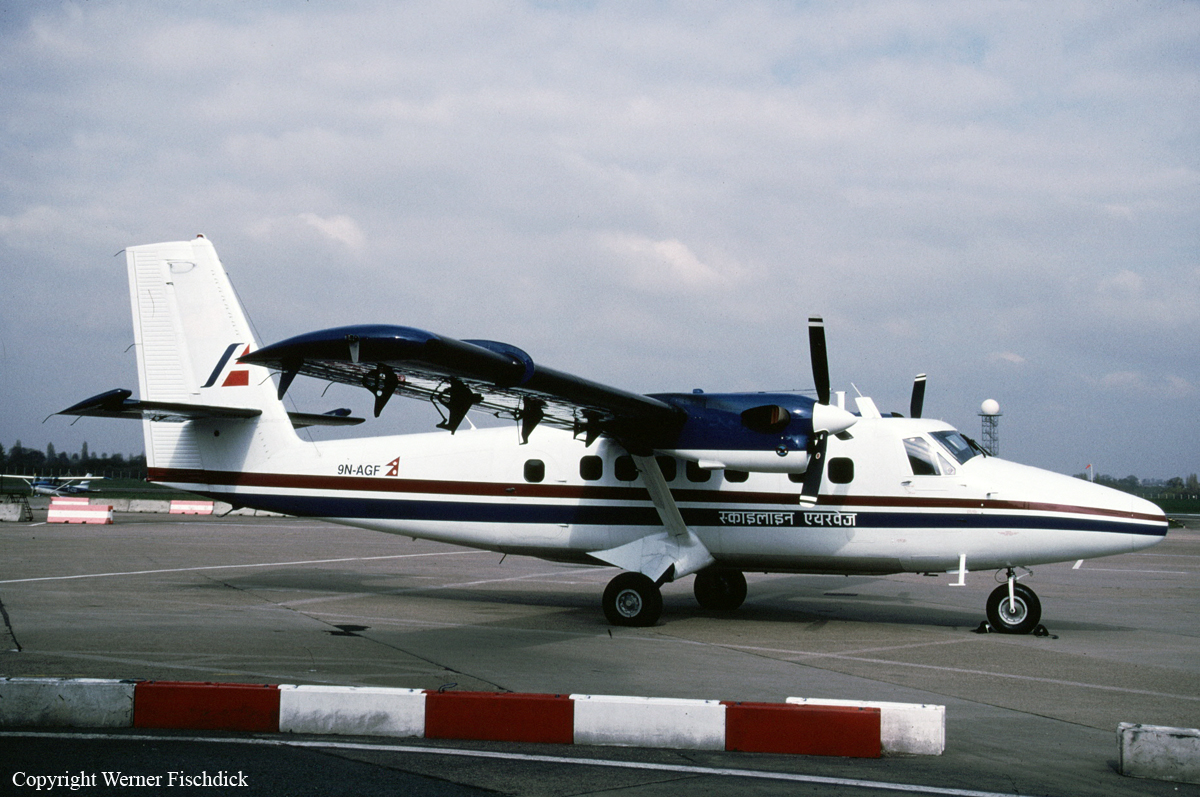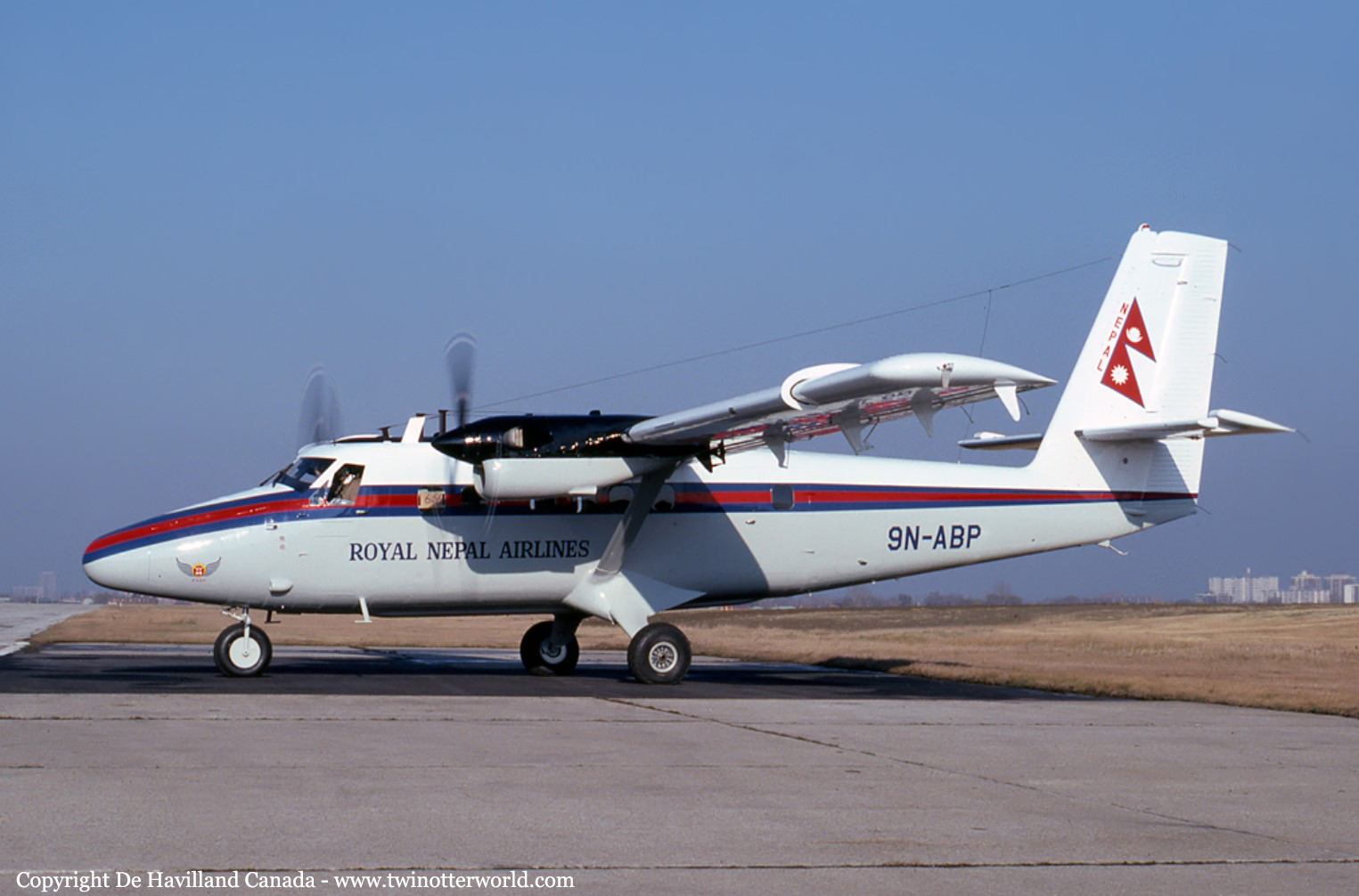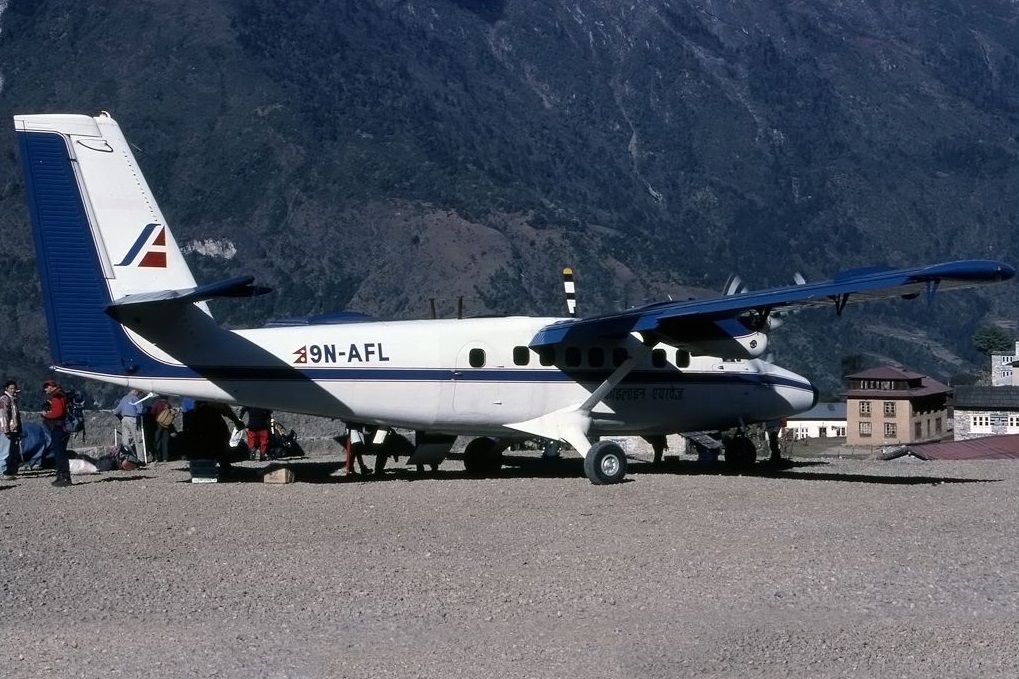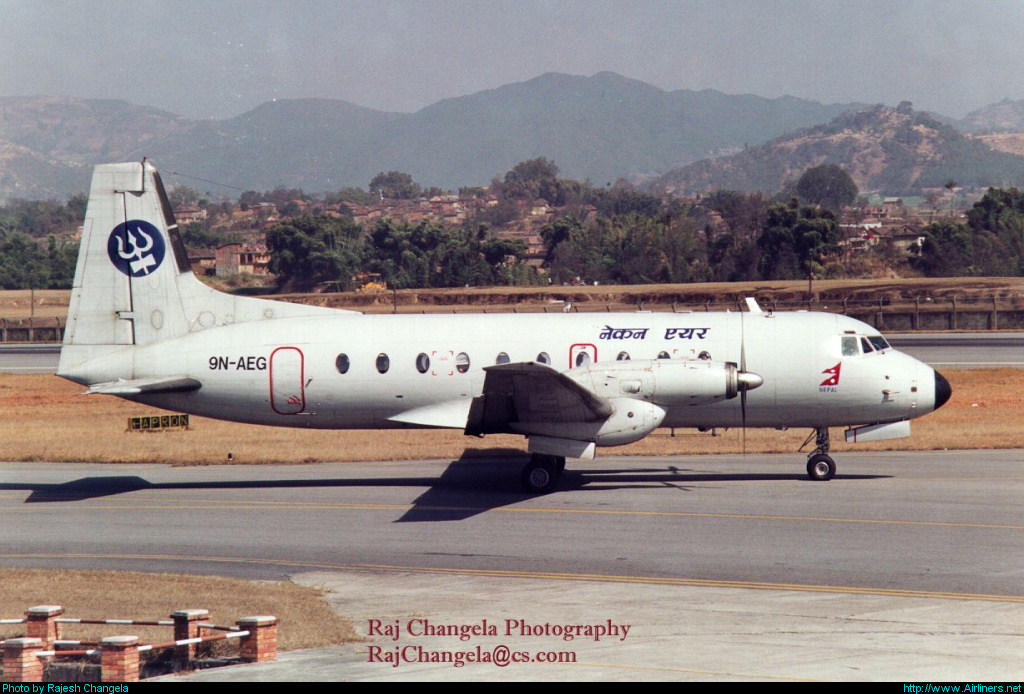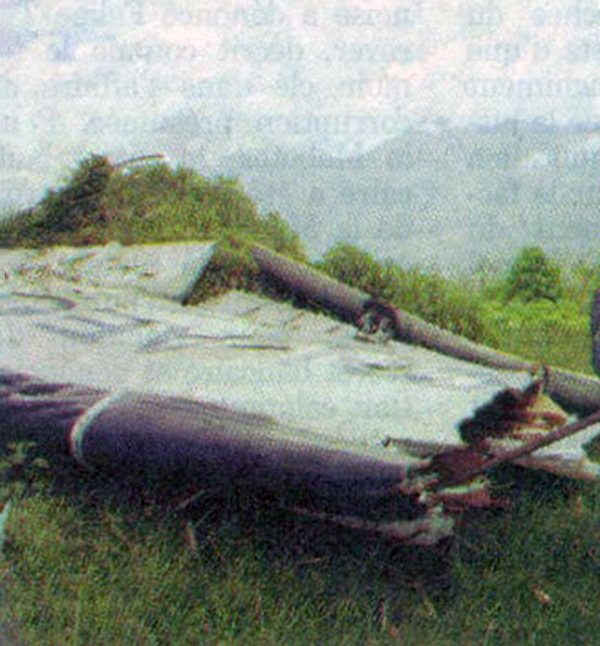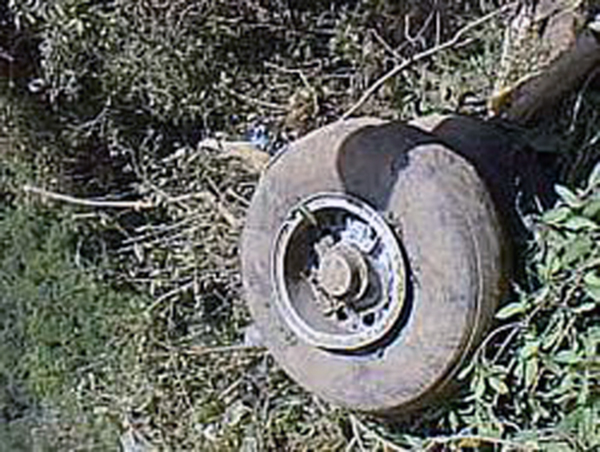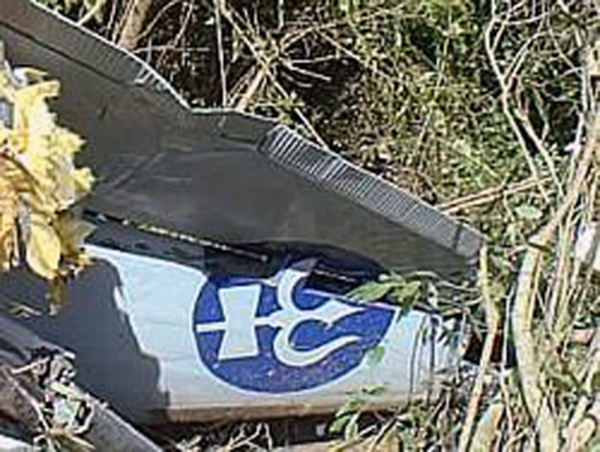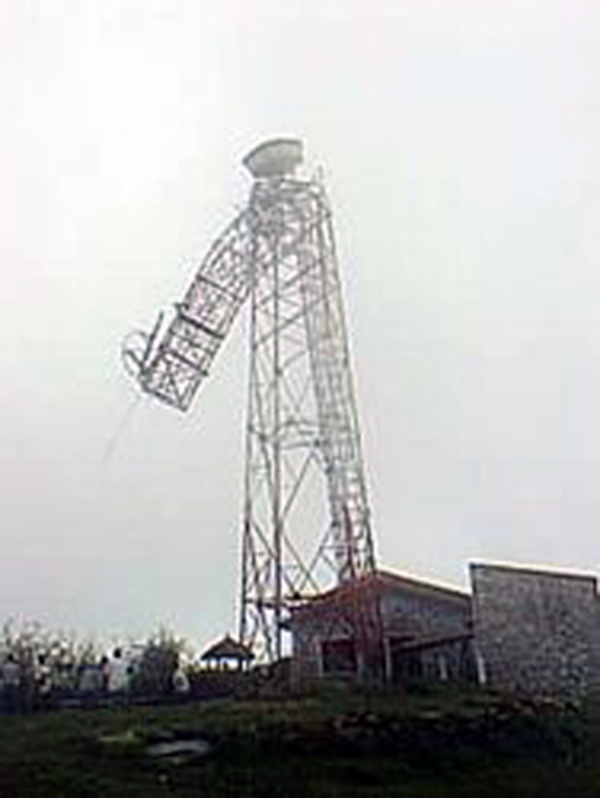Crash of a Dornier DO228-101 near Kathmandu: 14 killed
Date & Time:
Aug 24, 2010 at 0725 LT
Registration:
9N-AHE
Survivors:
No
Schedule:
Kathmandu - Lukla
MSN:
7032
YOM:
1985
Flight number:
AG101
Crew on board:
2
Crew fatalities:
Pax on board:
12
Pax fatalities:
Other fatalities:
Total fatalities:
14
Circumstances:
On approach to Lukla, the crew encountered poor weather conditions. Unable to locate the runway, he decided to divert to Simara Airport. Unfortunately, the visibility at Simara Airport was insufficient and the crew eventually decided to return to Kathmandu. While descending to runway 02, a generator failed. The crew did not declare an emergency, contacted his maintenance base and was unable to switch to the backup generator. Shortly after the crew elected to reset the battery system, the aircraft entered an uncontrolled descent and crashed in a rice paddy field. The aircraft disintegrated on impact and all 14 occupants were killed, among them 4 Americans, one British and one Japanese. The wreckage was found about 30 km southeast of Tribhuvan Airport.
Probable cause:
Loss of control on approach following the failure of a generator for undetermined reasons.
